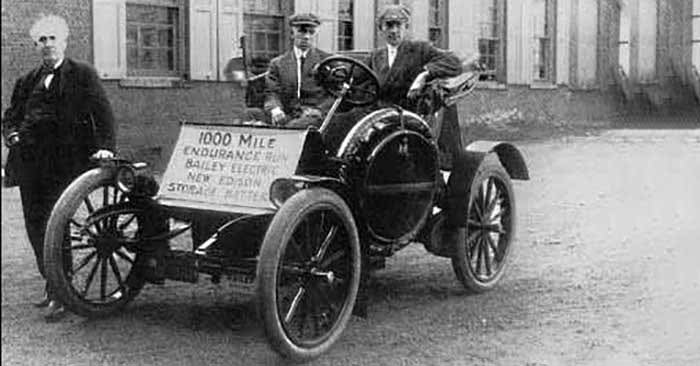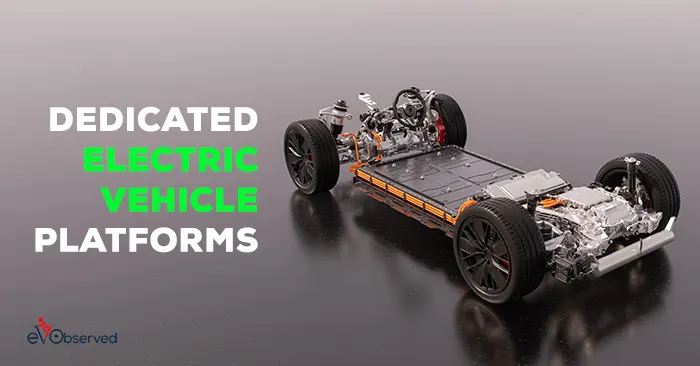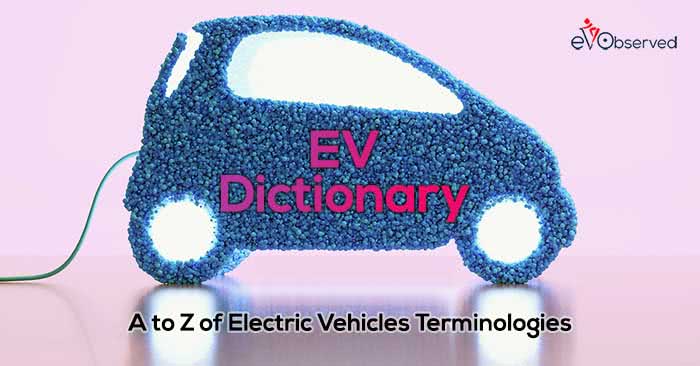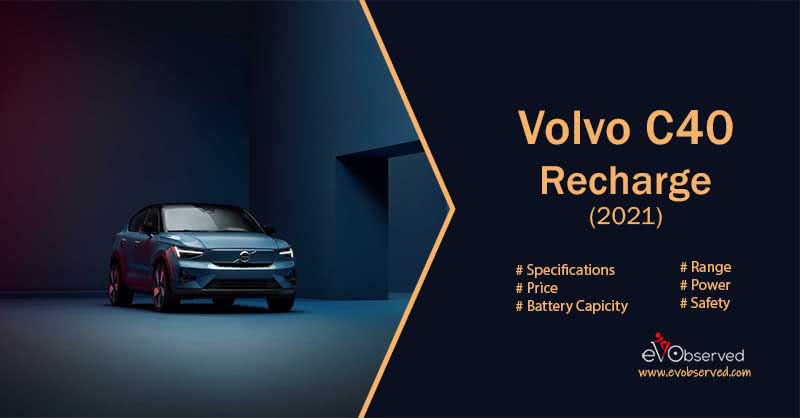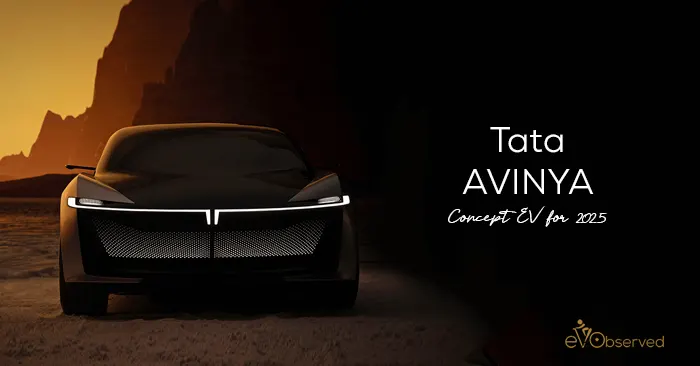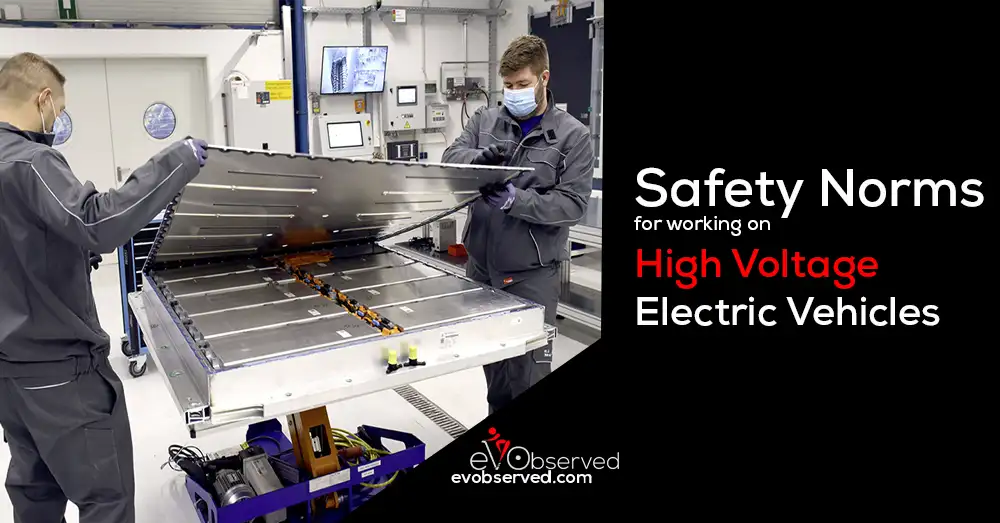There are four common EV Range Test Procedures that are being used all over the world to define the range of an EV. These are EPA, WLTP, NEDC, and the new Chinese standard CLTC. However, when we list Electric Vehicles on our website we deal with more than these four.
It becomes a bit daunting task to mention all of them for a single EV and that’s why we only mention one that is used by the majority of online EV platforms for that particular EV.
However, knowing about them is essential and that’s why we are here with proper detail about all (or most) of them here.
☛ What You will Read here
Electric Vehicle EV Range Test Procedures
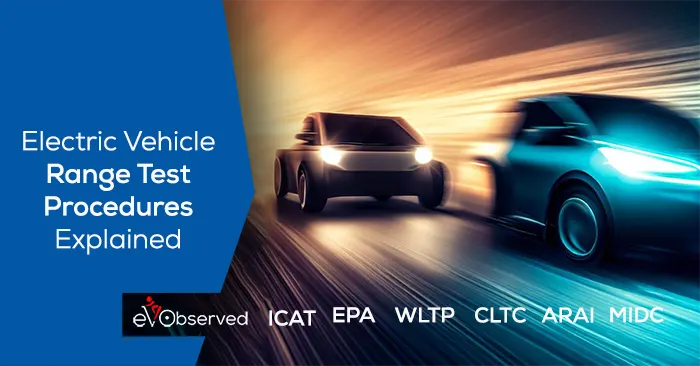
Here’s a detailed explanation of each of the electric vehicle (EV) range test procedures you mentioned, along with their applicability and key differences:
ARAI (Automotive Research Association of India)
The Automotive Research Association of India (ARAI) is an Indian testing agency that conducts various tests, including EV range tests to assess the distance an electric vehicle can travel on a full charge. ARAI follows standardized procedures in line with Indian regulations.
The test involves fully charging the EV’s battery and then driving it continuously until it runs out of power. The distance covered during this test provides an indication of the EV’s range. ARAI also considers factors such as driving conditions, temperature, and auxiliary power usage to provide a comprehensive assessment of the vehicle’s real-world range.
The ARAI range test is conducted on a chassis dynamometer under controlled conditions, following a predefined driving cycle. The test simulates a combination of urban and highway driving conditions to determine the range of an EV. ARAI range test is applicable in India.
CLTC (China Light-Duty Vehicle Test Cycle)
The China Light-Duty Vehicle Test Cycle (CLTC) is a standardized test cycle used to measure the fuel economy and emissions of light-duty vehicles in China. It was developed by the China Automotive Technology & Research Center (CATARC) and became effective in 2019.
The CLTC is based on real-world driving data collected in China, and it is more representative of the actual driving conditions in China than previous test cycles, such as the New European Driving Cycle (NEDC).
The CLTC consists of a series of driving manoeuvres that are repeated over and over again. The manoeuvres are designed to simulate a variety of driving conditions, including city driving, suburban driving, and highway driving.
The CLTC is a transient test cycle, which means that the speed and acceleration of the vehicle are constantly changing. This is in contrast to the NEDC, which is a steady-state test cycle, where the speed of the vehicle is constant.
The CLTC is a more demanding test cycle than the NEDC. This is because the CLTC includes more frequent accelerations and decelerations, which can lead to higher fuel consumption and emissions. As a result, the fuel economy and emissions ratings of vehicles tested on the CLTC are typically lower than those of vehicles tested on the NEDC.
The CLTC is an important step in China’s efforts to improve the fuel economy and emissions of light-duty vehicles. The CLTC will help to ensure that new vehicles sold in China are more fuel-efficient and less polluting.
Here are some of the key characteristics of the CLTC:
- Average speed: 28.96 km/h
- Maximum speed: 114.0 km/h
- Idle ratio: 22.11%
- Duration: 1800 seconds
- Number of cycles: 10
The CLTC is a more realistic and demanding test cycle than the NEDC, and it is expected to lead to more fuel-efficient and less polluting vehicles in China.
Also Check: EV Dictionary : A to Z of Electric Vehicles Terminologies
EPA (Environmental Protection Agency)
The United States Environmental Protection Agency (EPA) is a government agency responsible for setting and enforcing environmental regulations in the United States.
The EPA develops testing procedures, including fuel economy and emissions tests, for vehicles sold in the United States. And that’s why this EV range test procedure is called the “EPA Combined City/Highway Electric Range Test.”
It includes the EPA Urban Dynamometer Driving Schedule (UDDS) and the Highway Fuel Economy Driving Schedule (HWFET), which are used to determine fuel economy ratings for conventional and electric vehicles
EPA also involves testing an EV on a dynamometer, following a predetermined cycle that simulates real-world driving conditions. The EV is fully charged before the test and driven according to the specified driving cycles. The distance covered during the tests provides the EPA-rated range, which serves as a reference for consumers and allows for comparisons between different electric vehicle models.
The test measures energy consumption and calculates the range of an EV. It is applicable in the United States.
MIDC (Ministry of Industry and Information Technology of China)
The Ministry of Industry and Information Technology (MIIT) of China oversees the testing and certification of electric vehicles, including range tests. MIIT collaborates with other organizations to develop testing procedures and guidelines.
While specific details of the range test procedure under MIDC may not be available, it is likely to involve driving the fully charged EV according to a defined driving cycle that represents typical Chinese driving patterns. The distance covered during the test provides an indication of the EV’s range under Chinese driving conditions.
Must Check: How to make a Career in Electric Vehicle Industry?
WLTP (Worldwide Harmonised Light Vehicle Test Procedure)
The Worldwide Harmonized Light Vehicles Test Procedure (WLTP) is a global testing procedure for determining fuel consumption, CO2 emissions, and electric range of vehicles.
It was developed by the United Nations Economic Commission. It replaces the previous NEDC test (discussed next) and aims to provide more accurate and realistic results.
The WLTP range test is conducted on a chassis dynamometer and includes a mix of urban, suburban, and highway driving cycles.
The WLTP range test is applicable in Europe and several other countries and regions, including the European Union (EU), United Kingdom, Australia, South Korea, Japan, India, and many others.
ICAT (International Centre for Automotive Technology)
ICAT is an Indian automotive testing and research organization. They conduct various tests, including EV range tests.
It follows standardized procedures aligned with Indian regulations. The range test involves fully charging the EV’s battery and then driving it continuously until it runs out of power.
This test procedure takes into account factors such as driving conditions, temperature, and auxiliary power usage to provide a comprehensive assessment of the EV’s real-world range. The distance covered during the test provides an estimate of the EV’s range under typical Indian driving conditions.
The ICAT range test is similar to the ARAI test and is performed on a chassis dynamometer using a predefined driving cycle that simulates urban and highway driving conditions. The ICAT range test is applicable in India.
NEDC (New European Driving Cycle)
The NEDC was a standardized test procedure used in Europe before the introduction of the WLTP.
It involved testing vehicles on a chassis dynamometer and consisted of two driving cycles: urban and extra-urban. However, the NEDC was criticized for providing overly optimistic range estimates.
The NEDC range test is no longer applicable as it has been replaced by the WLTP.
IDC (Indian Driving Cycle)
IDC is a driving cycle used in India to evaluate vehicle performance and fuel efficiency. However, it is not specifically an EV range test procedure but rather a general driving cycle used for testing various types of vehicles.
The IDC consists of specific driving patterns that represent typical Indian driving conditions, including urban, suburban, and highway segments.
The test involves driving the fully charged EV according to the predefined IDC driving cycle. The distance covered during the test provides an estimate of the EV’s range under Indian driving conditions, considering variables such as speeds, accelerations, and decelerations encountered during typical Indian driving. The IDC helps evaluate the EV’s performance and range suitability for Indian roads.
Now, When we have explained most of the common EV range test procedures it is important to understand some of the terms we used in between such as Urban Cycle, highway cycle, etc. These are actually EV range cycle tests and the same is explained below.
Must Read: 8 Best New Inventions 2023 : The Future is Here
EV Range Test Cycles

Here are some commonly used procedures for conducting Electric Vehicle (EV) range tests, along with explanations of each step:
Full Charge Test:
-
- The EV is fully charged to 100% battery capacity before the test begins.
- The vehicle is driven continuously until it runs out of battery power and comes to a complete stop.
- The distance covered during this test provides the range measurement.
Urban Cycle Test:
-
- This test simulates typical urban driving conditions, including stop-and-go traffic, lower speeds, and frequent acceleration and deceleration.
- The EV is fully charged before the test and driven according to a predefined urban driving cycle, such as the New European Driving Cycle (NEDC) or the Worldwide Harmonized Light Vehicles Test Procedure (WLTP).
- The distance covered during this test represents the urban range of the vehicle.
Highway Cycle Test:
-
- This test replicates higher-speed highway driving conditions, with a focus on maintaining constant speeds.
- The EV is fully charged before the test and driven according to a predefined highway driving cycle, such as the WLTP or the U.S. Environmental Protection Agency (EPA) Highway Driving Cycle.
- The distance covered during this test provides the highway range of the vehicle.
Combined Cycle Test:
-
- This test combines both urban and highway driving conditions to represent a mixed driving scenario.
- The EV is fully charged before the test and driven according to a predefined combined driving cycle, such as the WLTP or the EPA Urban Dynamometer Driving Schedule (UDDS) combined with the Highway Fuel Economy Driving Schedule (HWFET).
- The distance covered during this test provides an estimate of the combined range, which represents an average of urban and highway driving.
Real-World Range Test:
-
- This test aims to simulate real-world driving conditions as closely as possible.
- The EV is fully charged before the test and driven on a variety of roads, including highways, urban areas, and hilly terrains, to replicate different driving scenarios.
- The distance covered during this test provides an indication of the range that can be achieved in everyday driving conditions.
It’s important to note that range test results may vary depending on factors such as driving style, temperature, road conditions, vehicle load, and use of auxiliary features (e.g., air conditioning).
Manufacturers may choose to conduct these tests under controlled laboratory conditions to provide standardized measurements for comparison purposes. Real-world driving conditions often differ, and the actual range may vary based on various factors.
Also Check: Safety Norms for working on High Voltage Electric Vehicles
Conclusion: EV Range Test Procedures
The range of test procedures differs in terms of the organizations conducting the tests, geographical applicability, and driving cycles used. If you are interested in purchasing an EV then make sure to check the range in the EV Range Test Procedures that are applicable in your country.

